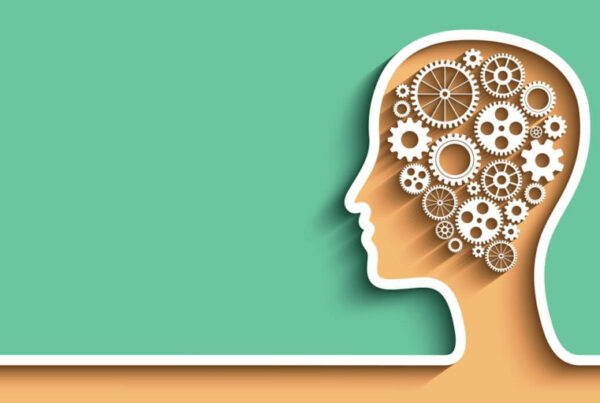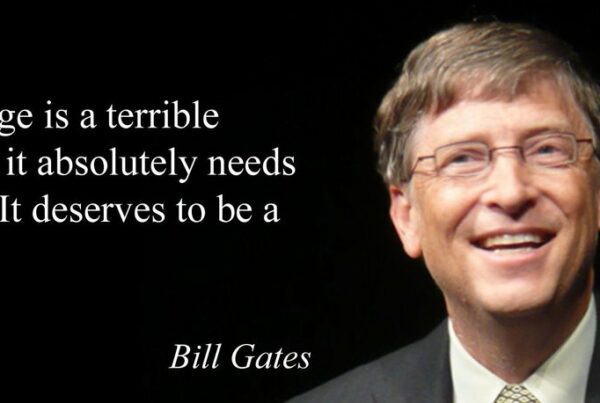Enterprise agility transformation is the result of external market pressures to increase speed and reduce costs. Gartner predicts that by 2024, 1 in 3 enterprises will use a multi-experience development platform to increase the speed at which IT and business fusion teams work to deliver successful digital products.
Culture is Critical
John Linss, former Caesar’s SVP and CTO, is a leader in digital transformation and shared his thoughts with me on enterprise agility transformation initiatives, emphasizing that “culture is critical.” “Supported by a solid, flexible, and modern technology backbone, an organization should be able to pivot to take advantage of new partnerships and markets while capitalizing on the customer data it has amassed – and it will deliver better to its customers out of the gate which is a critical success factor. Aside from the pure technology requirements for enterprise agility, the objectives that have been determined by the senior management team mustn’t be hamstrung by organizational constraints.
“For example, the CTO of a company planning to become a digital business should be a business-oriented technologist that is a full member of the senior management team responsible for the overall strategic plan and execution. This enables mitigation of the impact and inefficiencies of legacy process, operation, and customer experience silos and what I call the culture of bureaucracy.”
“Without such mitigation, the ability of organizations to achieve their digital objectives is often slowed, fragmented, or completely derailed. To be successful, a transformation requires real change at all levels to ensure that people, processes, and technology align with market strategy and objectives.
“Finally, assuming the CEO is enlightened, collaborative, and supportive, this structure would ensure that cross-departmental objectives align to the ultimate strategy and enable a comprehensive, holistic business and technology approach to transforming for the future. It would also help to convince investors and analysts that the company is taking meaningful and sustained action to become a digital company.”
Looking forward: Digital Product Delivery
In November 2020, Boston-based platform company OutSystems hosted the “NextStep” virtual conference, exploring many of the enterprise agility transformation themes that are first and foremost for organizations looking to quickly adapt to and stay competitive this year, not to mention throughout the next decade of accelerated innovation. OutSystems’ low-code software development approach means applications are delivered in a visual development environment. Founded in 2001, their automation and AI assistance enables teams to accelerate phases of Application Lifecycle Management (ALM), offering a significant advantage to companies working through their own rapid digital transformation processes.
Enterprise Agility Transformation Highlights From NextStep Conference:
- Foundation practices around delivery methodology, UX/UI architecture, development, and quality speed up the creation of value and support scalability (especially in cases with teams and multiple apps). Foundation practices are, “Core practices, whose knowledge, tools, and processes enable teams in the fast and dependable creation of business value through the delivery of high-quality OutSystems applications,” said Tiago Eliseu, Head of Architecture at OutSystems. Benefits are present across the organization – methodology, people, alignment, backlog, continuous improvement, and quality – optimizing the applied methodology toward max value recognition and speed.
- Create application templates to reduce time to market and maintain consistency across all digital properties.
- Reduce integration process time and discover creative solutions that eliminate the integration bottleneck. Apps are developed to address business problems from stakeholders or for integration development, says Dan Kennedy, VP of Enterprise Architecture at Workato. Therefore, apps need to be tightly coupled with other functions and applications. According to Forrester’s Research, 93% of firms struggle with a traditional integration strategy because it can’t keep up with digital business demands and complexity.
- Provide seamless experiences and agility for employees and customers so that they become avid ambassadors of your brand. According to Riva Uy, Lead Solution Architect at OutSystems, an experience system provides a set of living components that can be reused at different touch-points in different modalities, carrying their UI, behavior, logic, and/or data.
- AI and machine learning (ML) makes apps better with features like image recognition, natural language processing, voice generation, fraud detection, and more. Javier Ramirez, Senior Developer Advocate at Amazon Web Services (AWS) shared that the AWS mission is to “put machine learning in the hands of every developer.” Machine learning innovation is used across the organization for online shopping, warehouses, Alexa, drone delivery, and more. Amazon AI services are used in vision recognition, transcription, text translation, search, chatbots, personalization, forecast, fraud detector, and CodeGuru.
Like all transformation journeys, enterprise agility is an individualized pursuit founded in an organization’s mission and vision for the future. Companies that wish to seize a competitive edge in the marketplace can look to a platform like OutSystems to accelerate innovation initiatives. Customers expect perfection, and platforms offer teams a supportive environment for increasing the tempo.










